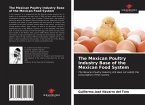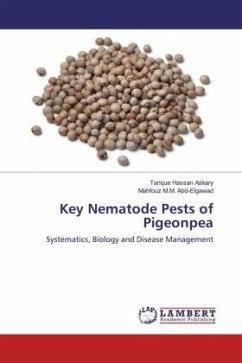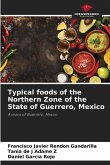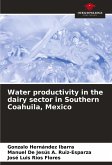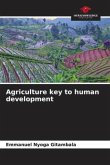Mexico is the leading producer of Mexican lemons in the world with an area of 120 thousand hectares, Michoacán has 75 thousand hectares, with a production of 900 thousand tons and an economic flow of MNX $ 2,595 billion pesos (SIAP, 2021). On the other hand, citrus trees are attacked by a large number of pests and diseases that affect their vigor, reduce their production, fruit quality and sometimes the loss of trees. These organisms attack various parts of the tree and the Asian citrus psyllid, scales, thrips and spider mites stand out for their importance (Miranda-Salcedo et al., 2020a). Currently, the Asian citrus psyllid Diaphorina citri (Kuwayama) 1908 (Hemiptera: Liviidae) is the most important pest attacking citrus in Mexico. The insect is distributed throughout Mexico (López-Arroyo et al., 2008) and its importance lies in the fact that it is the vector of Huanglongbing (HLB) the most devastating citrus disease, which affects all citrus species and varieties (Bove, 2006; Bassanezi, 2012; Stansly, 2012).
Bitte wählen Sie Ihr Anliegen aus.
Rechnungen
Retourenschein anfordern
Bestellstatus
Storno


